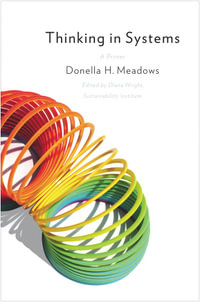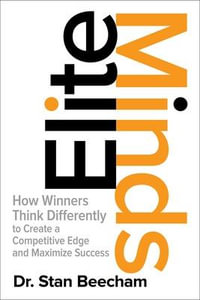
Agent-Based Computer Simulation of Dichotomous Economic Growth
By: Roger A. McCain
Paperback | 4 October 2012
At a Glance
Paperback
$264.27
Aims to ship in 7 to 10 business days
ISBN: 9781461370857
ISBN-10: 146137085X
Series: Advances in Computational Economics
Published: 4th October 2012
Format: Paperback
Language: English
Number of Pages: 176
Audience: Professional and Scholarly
Publisher: Springer Nature B.V.
Country of Publication: US
Dimensions (cm): 23.39 x 15.6 x 0.97
Weight (kg): 0.26
Shipping
| Standard Shipping | Express Shipping | |
|---|---|---|
| Metro postcodes: | $9.99 | $14.95 |
| Regional postcodes: | $9.99 | $14.95 |
| Rural postcodes: | $9.99 | $14.95 |
How to return your order
At Booktopia, we offer hassle-free returns in accordance with our returns policy. If you wish to return an item, please get in touch with Booktopia Customer Care.
Additional postage charges may be applicable.
Defective items
If there is a problem with any of the items received for your order then the Booktopia Customer Care team is ready to assist you.
For more info please visit our Help Centre.
You Can Find This Book In
This product is categorised by
- Non-FictionEconomicsEconometrics
- Non-FictionEconomicsEconomic Growth
- Non-FictionEconomicsEconomic Theory & Philosophy
- Non-FictionEconomicsDevelopment Economics & Emerging Economies
- Non-FictionComputing & I.T.Computer Science
- Non-FictionMedicineMedicine in General
- Non-FictionLiterature, Poetry & PlaysPlaysShakespeare Plays
- Non-FictionComputing & I.T.Information Technology General Issue
- Non-FictionComputing & I.T.Graphical & Digital Media Applications3D Graphics & Modelling
























